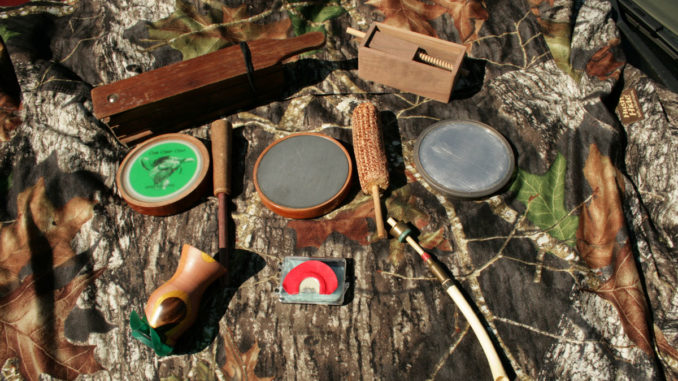
Veteran hunter and call-maker John Tanner said that in the middle to late portion of the season, it is often one specific tone or pitch from a call that will make a gobbler respond and approach your position.
“It’s a day-to-day thing and one that will change during the course of the season,” he said. “Some hunters are pretty successful using a variety of only mouth calls with different cuts on the latex for different sounds, but I think having a wide variety of types of calls with highly individual pitch and tone is a real key.
“One problem for many hunters is limiting their calling to just one style. I am more than willing to lay out several different calls and run through several. The good thing is that after trying several calls, I’ll use one, and a gobbler will literally cut me off,” he said. “At that point, I know I have his attention. The sound was right, and there’s a very good chance that he will approach my position.
“If he is far off, I may make a move toward him, but usually at this time of the season, I’ll hold ground for a while to see if he comes to me. If he doesn’t gobble again, I’ve found the odds are good he is coming in my direction, so I stay put and may occasionally use a call I’ve designed specifically that makes ideal soft clucks and purrs. It’s just a contented-hen feeding sound, and I watch closely for the gobbler to approach. He may come in gobbling, but often he will approach silently. But either way, I may soon have a longbeard standing within range in front of me.”




Be the first to comment